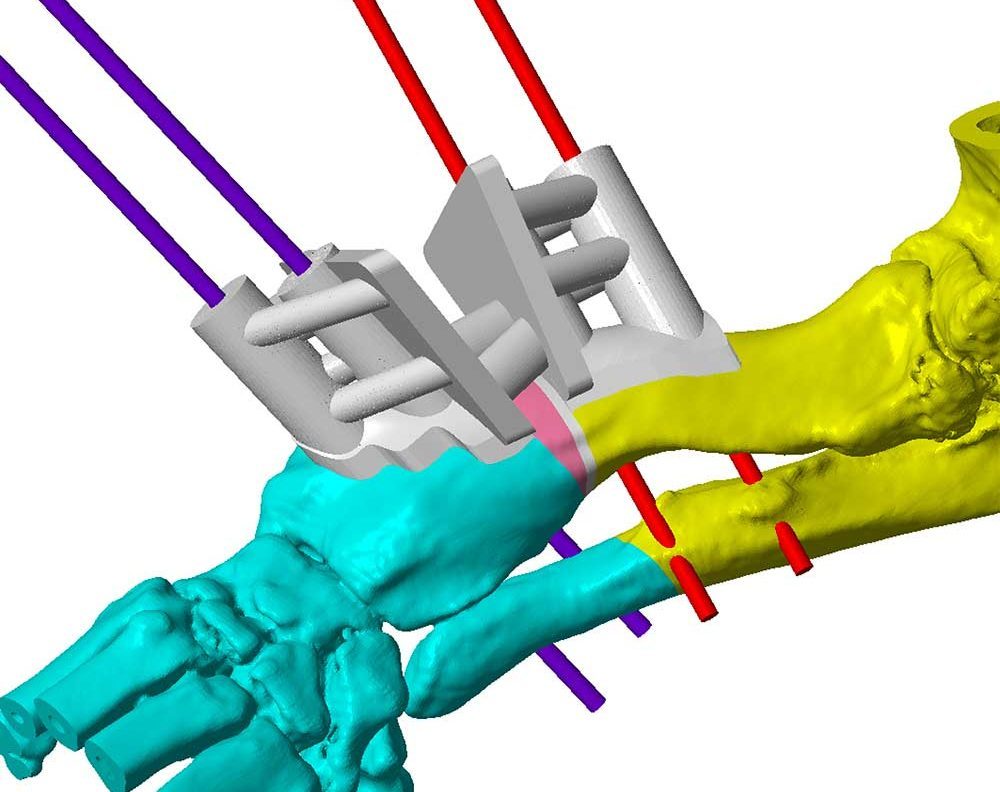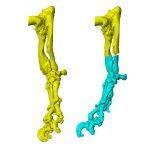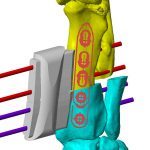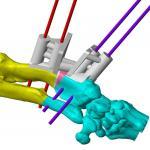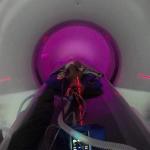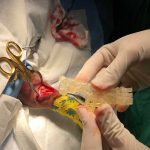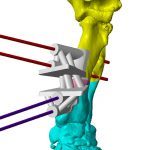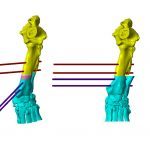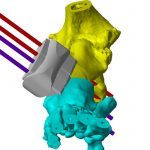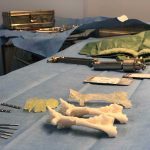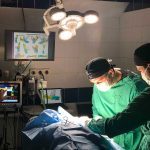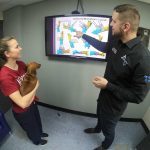What are Angular Limb Deformities in Dogs?
Angular limb deformities are not uncommon in dogs and there are a number of different deformities that can occur. Whether resulting from injury or heredity, when there is irregular growth in one or two bones in a pair, it will lead to: Shortened limbs Bowing of bones Partial displacement of joint Bending or twisting of growing bone.
An angular limb deformity means that the spatial alignment of a limb is abnormal, leading to pain, discomfort and often, lameness. This may be due to injury or be hereditary. Symptoms of Angular Limb Deformities in Dogs For dogs that typically have short, bowed limbs, a common sign of a problem is limping on one or both forelimbs. While deformities can occur in the hind limbs, this is less likely (with the exception of Dachshunds). Should your dog not be from a breed that typically has bowed legs, if you notice a visible limb deformity, lameness or a reduction in motion, you will want to bring your dog to the veterinarian for an evaluation as soon as possible. Other causes of angular deformities include eating food that is poorly balanced for calcium and phosphorus or excess calories and minerals fed to puppies.
Types Angular limb deformities can take place in either the radius/ulna (front leg) or tibia/fibula (hind leg) of your dog. The deformities can occur as a result of a physical injury or as a result of genetics. Certain breeds of dogs are more likely to experience angular limb deformities.
Causes of Angular Limb Deformities in Dogs Angular limb deformity is most commonly caused when growth between two bones that are side by side does not occur at the same time; one bone will stop growing early and will function in such a way as to lead to the bone that is still growing to bend and twist. These deformities, when reaching a certain point, lead to difficulty functioning, as well as pain. Angular limb deformity may also be caused by a traumatic injury incurred at a young age. Should the injury impact one bone in a pair of growing bones, it can cause one bone to stop growing earlier than it should, leading to an angular limb deformity. Some breeds, for example Bulldogs, Shih Tzu, and Lhasa Apso, are more likely to experience angular limb deformity due to being selectively bred. Diagnosis of Angular Limb Deformities in Dogs Angular limb deformity is usually diagnosed after a thorough evaluation process.
Your veterinarian may refer you to a specialist in orthopedic conditions or examine your dog himself to get an idea as to the extent of the deformity and what pain and discomfort it causes your dog. Your veterinarian will likely request radiographs of your dog’s limbs (the affected limb and the other limb for comparison). Sedation or general anesthesia will be required for the radiograph. Computed tomography (CT), an advanced diagnostic imaging technique, may also be recommended; CT images will help the veterinarian or orthopedic surgeon create a 3D image of your dog’s limb. This will be very helpful if surgery is necessary.
Should your dog be of a breed that typically has short, bowed limbs, determining whether there is a real issue can be challenging. It will be important to have regular check-ups with the veterinarian as your dog is growing in order to notice problems as early as possible. Following veterinary diagnostic imaging your dog may have surgery immediately or depend on the complexity of surgical correction required, will be scheduled accordingly.
Treatment of Angular Limb Deformities in Dogs In cases of angular limb deformity, there are several priorities in treatment:
- Reduce or eliminate pain - To do this, the veterinarian will seek to restore the congruence of the joints through surgery. The shorter bone (that has been functioning as a bowstring) is often cut near the joint that is being impacted, which will let the bone bounce back.
- Resolve angular and rotational alignment issues - The deformed bones will be cut and realigned, allowing the contiguous joints to be aligned correctly. The bones are then held in the new position through plates-and-screws or external skeletal fixation.
- Prevent future deformities as bones continue to grow - If your dog is particularly young and has quite a bit more growing to do, portions of the bone may be removed in order to ensure that the bowstring effect does not happen again once surgical realignment has been completed.
- Treat shortening of the limb - Sometimes both bones in a pair will stop growing early. Spatial realignment can be conducted by using an external frame that will allow for daily adjustment and growth.
Recovery of Angular Limb Deformities in Dogs It is very likely that if your dog is experiencing an angular limb deformity your vet will consider surgery to treat his condition. After surgery has been conducted, your dog’s bone will be held together by hardware until the bone has fully healed. Typically this will take around 12 weeks after your dog has undergone surgery. It is imperative that you keep your dog’s activity level very limited as your dog’s bone has been separated and will have to grow back together before he is able to increase his activity. To ensure the health of your dog and the success of the surgical treatment, you will want to follow the recommendations of your veterinarian and attend all follow-up appointments.
Tommy – the Dachsie presented with an angular limb deformity symptoms at Northwest MRI & CT and underwent CT scans of both forelimbs which confirmed angular limb deformities in both anterbrachii. Surgery was planned with a 3D preprinted implants (with Ved3D) and the rotation of the left limb was corrected. Tommy has recovered well from the surgery, enjoys his walks and is waiting for the surgery to be done on his second leg.
Angular Limb Deformity Case
Charlie – 1-year old male dashhound canine was referred to the Northwest Referrals with a history of lameness and suspected intervertebral disease. Vet CT scan was performed to screen the spine for any intervertebral disc protrusions/extrusions. Spine turned out to be unremarkable but angular limb deformity of both forearms was noted. Surgery was planned with 3d printed guides and corrective osteotomy took place. 2 limited compression plates were placed and limb deformity was corrected (fig 2.1-2.4) Charlie is walking very well now and is waiting for the surgery of the other forelimb.


